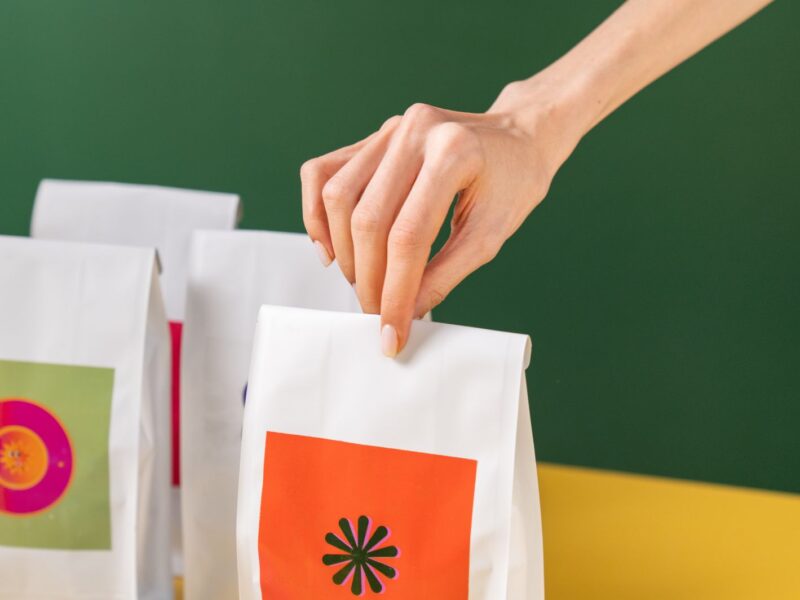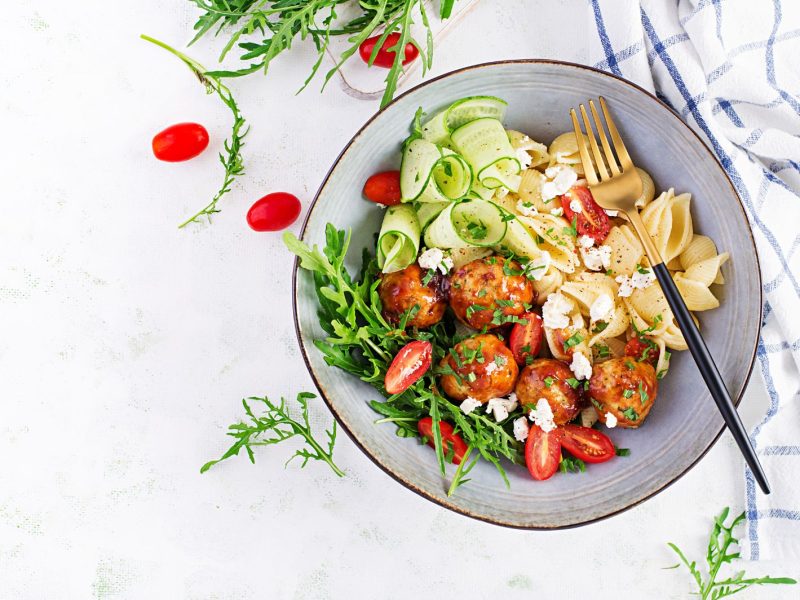Did you know that The Gardens of Sigiriya in Sri Lanka from the 5th century are the oldest known gardens in the world? Since then, gardens have become more or less ubiquitous, used for many reasons besides aesthetics.
Growing vegetables with seeds can be a rewarding experience, offering fresh produce straight from your garden. Peas, along with other vegetables, can be grown successfully with the right techniques and a bit of patience. Here’s a step-by-step guide to help you cultivate a thriving vegetable garden from seeds.
Table of Contents
Selecting Garden Seeds
The first step is choosing the right seeds. For peas, select varieties suited to your climate and growing season, such as shelling peas, snow peas, or sugar snap peas. When selecting seeds for other vegetables, consider your local climate, soil conditions, and the time of year. Opt for heirloom or organic vegetable seeds for better quality and taste.
Preparing the Soil
Healthy soil is crucial for growing robust vegetables. Start by testing your soil’s pH level and nutrient content, which you can do with a home testing kit or by sending a sample to a local extension service. Most vegetables, including peas, thrive in well-drained, loamy soil with a pH between 6.0 and 7.5.
Amend the soil with organic matter such as compost or well-rotted manure to improve fertility and structure. Work the organic matter into the top 6-8 inches of soil. Remove any weeds, rocks, or debris that might hinder seedling growth.
Planting Seeds
For peas, direct sowing is recommended as they do not transplant well. Plant peas in early spring, as soon as the soil can be worked, or in late summer for a fall harvest. Sow seeds 1-2 inches apart and about 1 inch deep in rows spaced 18-24 inches apart. Water the soil gently after planting.
Other vegetables can either be directly sown or started indoors. For indoor sowing, fill seed trays with a seed-starting mix and plant seeds vegetable according to the depth instructions on the seed packet.
Keep the soil consistently moist and place the trays in a warm, bright location. Once seedlings have grown a few inches tall and the danger of frost has passed, harden them off by gradually exposing them to outdoor conditions before transplanting them to the garden.
Caring for Your Plants
Consistent watering is crucial for healthy plant growth. Peas need about 1 inch of water per week. Water the base of the plants to prevent fungal diseases and avoid overhead watering. Mulching around the plants helps retain moisture and suppress weeds.
For other garden seed vegetables, follow similar watering guidelines, adjusting based on the specific needs of each plant. Most vegetables benefit from a balanced fertilizer applied according to the manufacturer’s instructions. Organic options like compost tea or fish emulsion are also excellent choices.
Peas and other climbing vegetables, such as beans and cucumbers, require support. Click for Wando peas seeds to grow in your garden. Harvesting happens after the steps above.
Growing Vegetables With Seeds Is Doable for Even Beginners
Becoming self-sufficient using your garden is a great idea nowadays. Growing vegetables with seeds is one way to do it, and it’s easy to do for most beginners as well.
If you enjoyed our article on growing vegetable seeds, please check out more articles under Home Improvement.



